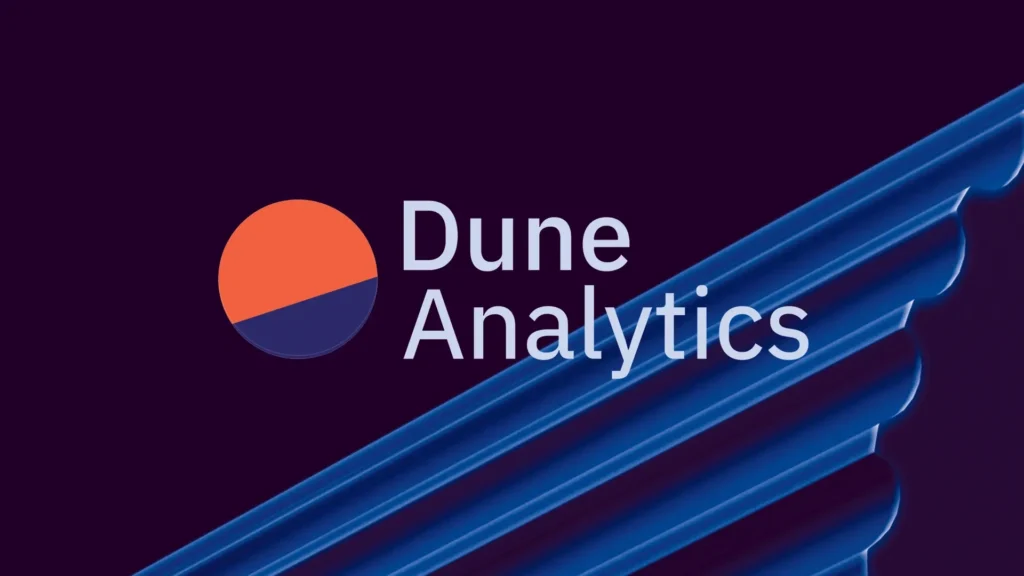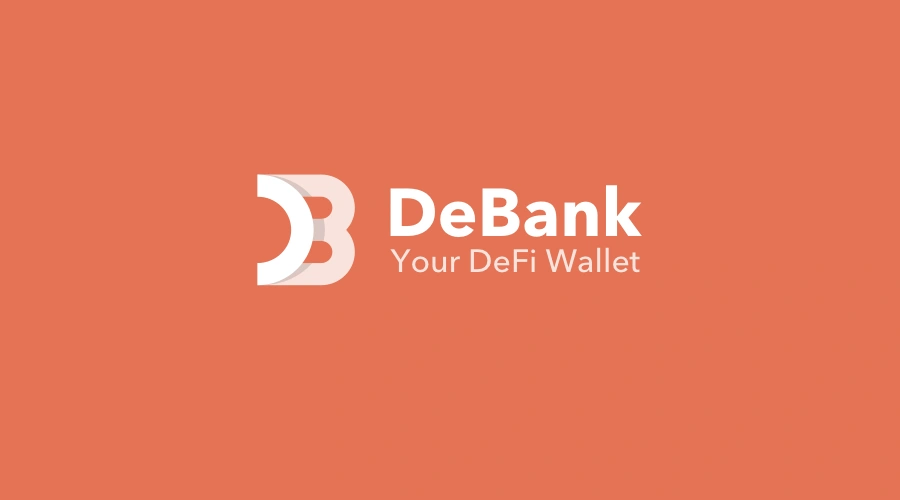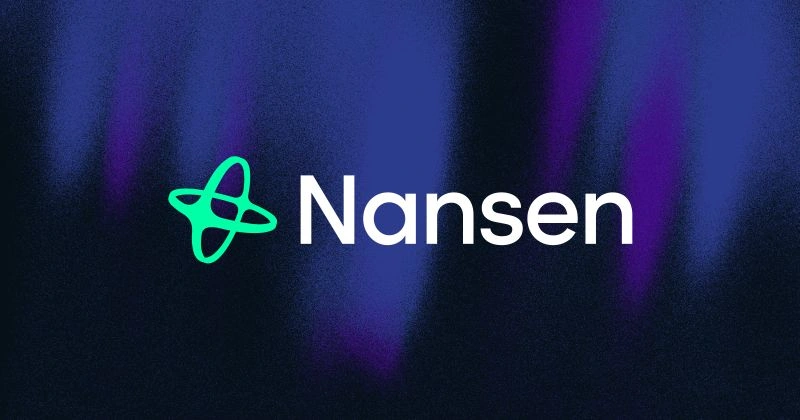Let’s Talk About the Role of Top On-Chain Tools — It’s Bigger Than Most Realize
Here’s the thing: if you’re dabbling in crypto but still not using any of the top on-chain tools, you’re basically flying blind. Harsh? Maybe. But think about it — we’re talking about a financial system where everything is public, transparent, and queryable. And yet… most people only interact with the surface-level stuff. Wallet. Swap. Done.
But the real edge in Web3? It comes from knowing what’s happening underneath. That’s where these tools come in. And honestly, it’s time we stop treating them like optional accessories.
On-Chain Tools Aren’t Just for “Data People”
There’s this myth — and I hear it a lot — that on-chain analysis is just for devs or quant traders. Not true. Platforms like Zapper, DeBank, even Etherscan (once you get used to it) are increasingly user-friendly. They’re designed to make sense of the chaos.
Zapper lets you track your portfolio across chains without pulling your hair out. Etherscan gives you raw, honest blockchain data — no filters. Dune turns SQL queries into beautiful dashboards that, let’s be real, sometimes say more than Twitter ever could.


Yet most retail users never touch them. Why? Maybe it’s intimidation. Maybe it’s habit. But either way, it’s a problem.
The Tools Are Neutral — The Insight Is Up to You
Here’s a truth most folks overlook: the top on-chain tools don’t tell you what to think. They just give you the evidence. If there’s a whale dumping tokens? You’ll see it. If a contract has been exploited before? You can check it. But what you do with that information… that’s the human part. That’s where instinct and strategy collide.
And let’s be honest, isn’t that the point of crypto? Radical transparency? Permissionless insight?


So why are we outsourcing all that awareness to influencers and meme accounts? Strange, right?
We’re in the Age of Open Data — Use It or Miss Out
The most ironic thing? In TradFi (traditional finance), getting this kind of data would cost you thousands a month — Bloomberg terminals, subscriptions, analyst reports. In crypto? It’s mostly free. Or at least freemium.
And still, most people don’t even scratch the surface.
Nansen literally shows you what smart money is doing, live. DeBank lets you peek into top wallets like you’re browsing social profiles. Dune lets anyone build dashboards — no NDA, no credentials needed.


We complain about scams and rug pulls, but ignore the very tools that could warn us. That’s not a tech failure. That’s a user problem.
So Yeah — I Think Top On-Chain Tools Are Underhyped
This isn’t me saying you need to become a blockchain sleuth overnight. But if you’re going to put real money into DeFi, NFTs, or anything Web3-related, you should at least know where to look.
Because guess what? The people making serious moves? They’re watching wallets. They’re reading contract history. They’re not just hoping for the best.
And honestly, in a space where transparency is the promise, top on-chain tools are the key. You don’t need all of them. But you do need to start somewhere.
Relevant news: A Roundup of Top On-Chain Tools Every Web3 User Should Know











